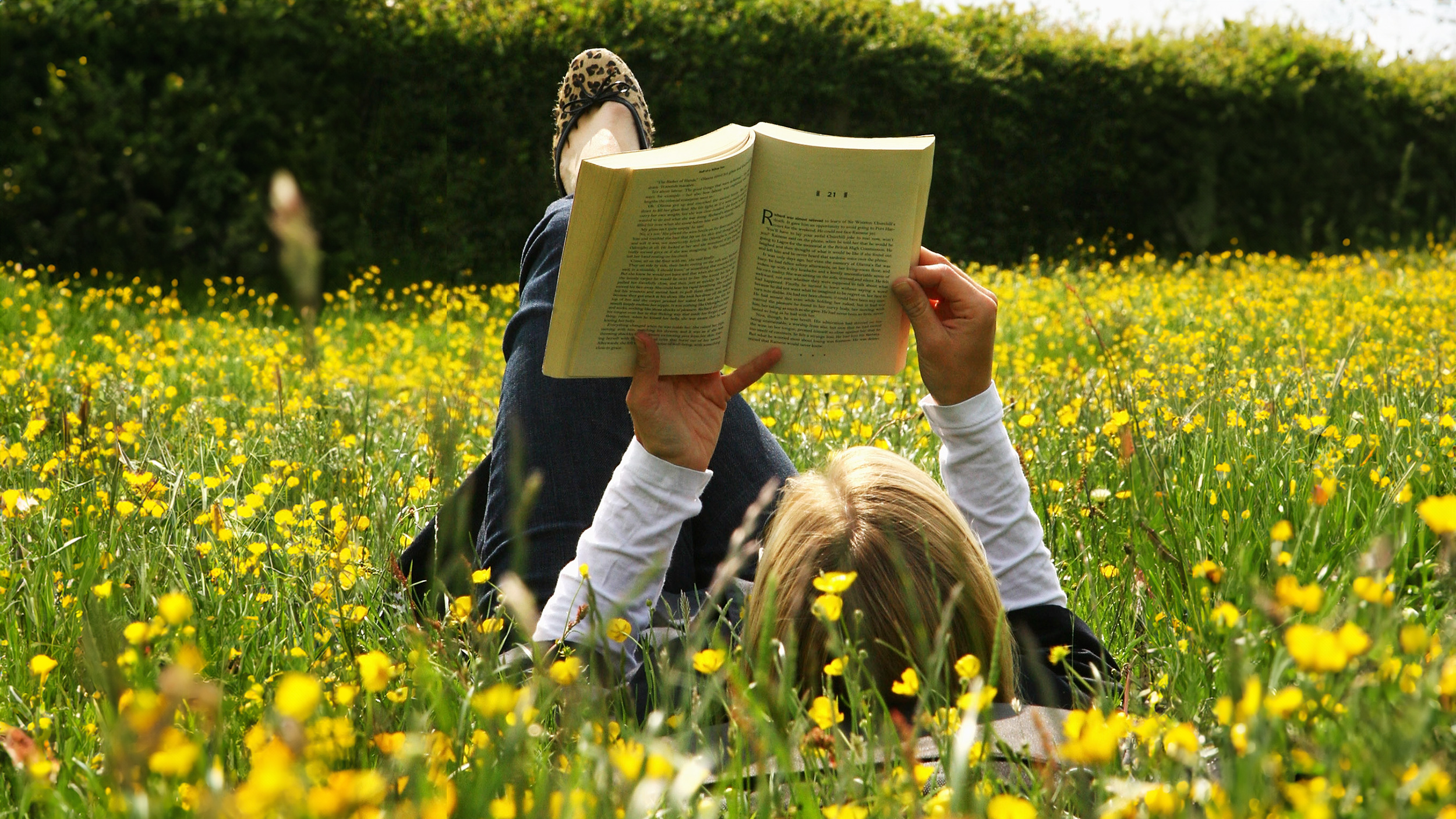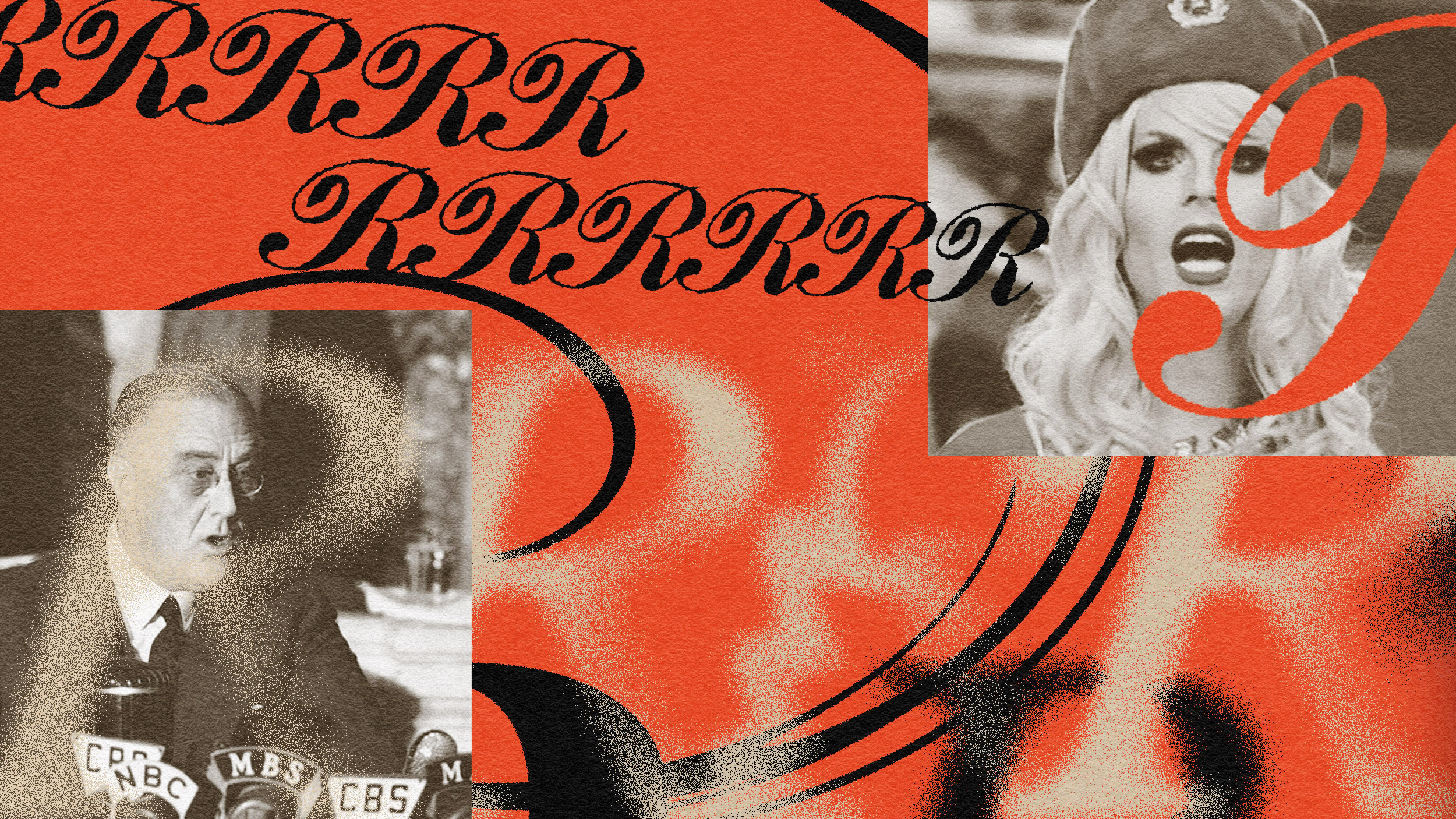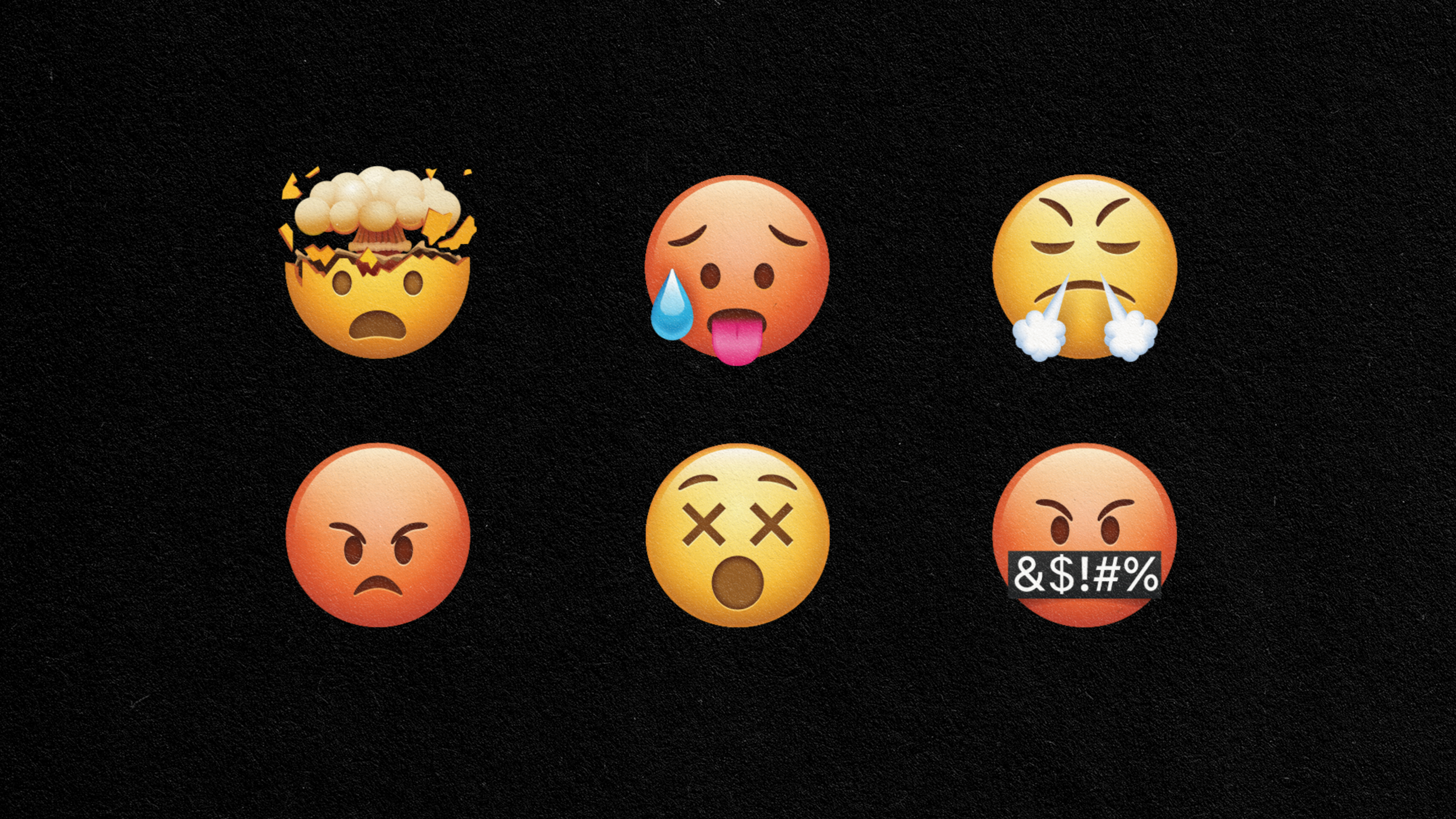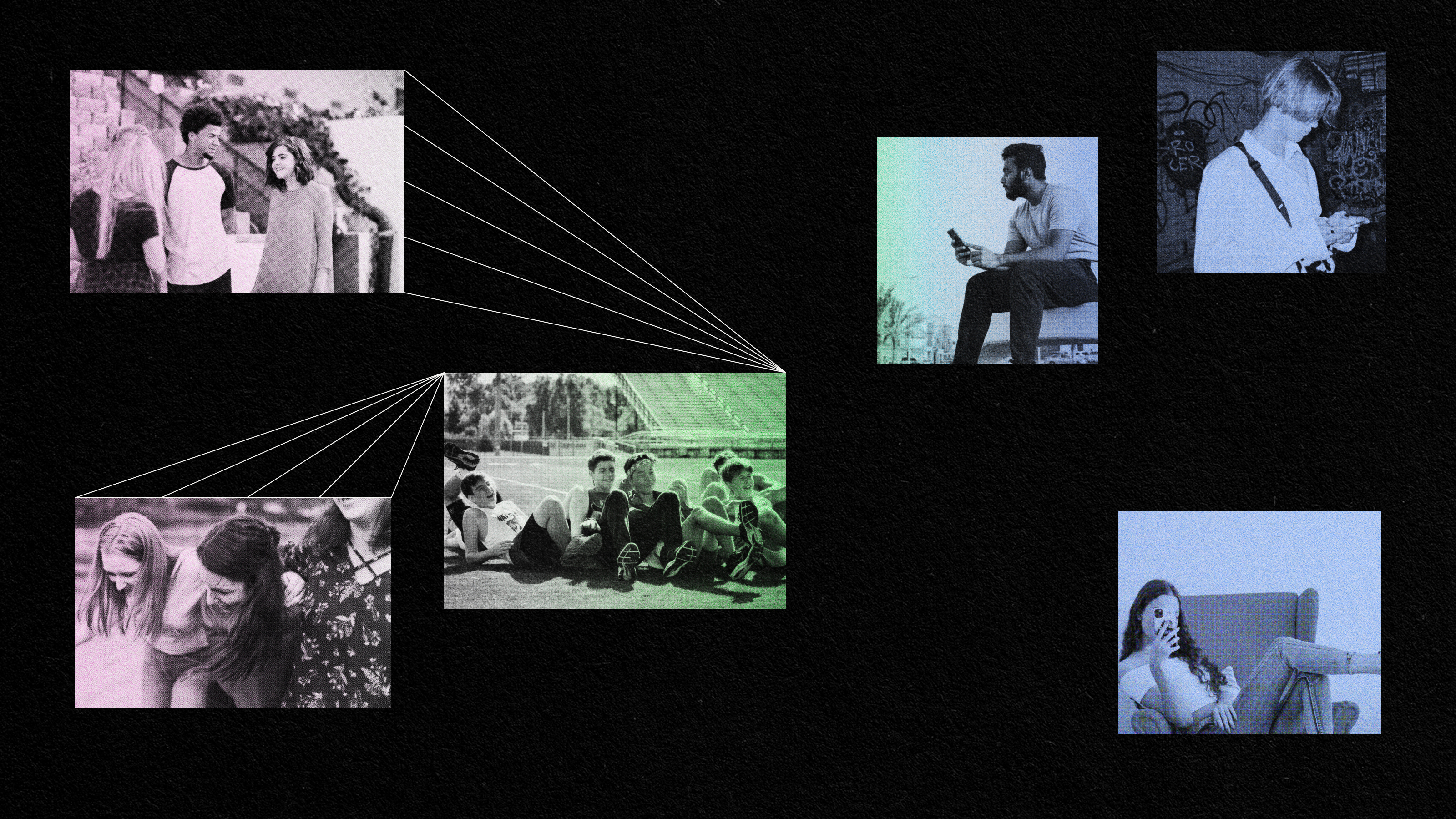KEITH WHITTINGTON: Traditional media outlets remain extraordinarily important to how we communicate and develop ideas. They've not been completely displaced by Facebook and Twitter and the like. In lots of ways, the internet is parasitic on traditional media sources because it's those traditional news outlets that are doing the hard reporting, for example, that generates the facts that other people are responding to. They still generate a lot of the sustained and sophisticated development of opinion and development of viewpoints that others wind up responding to elsewhere. So we have not yet reached a point where I think the traditional media is irrelevant to our public conversation, but they're certainly challenged in new ways.
And in part they're challenged because there is new competition, that there are other people and other mechanisms for communicating to a mass audience than what we've traditionally relied on with newspapers and with broadcast media or cable news and the like. But they're also challenged by the way information is conveyed in a modern environment. People consume the news differently than they once did. So for example, even if they're consuming news that was generated by a newspaper, they may not be reading it in a newspaper; it's coming packaged very differently. They may be coming across it through a Facebook feed, for example, where the thing they're most immediately encountering is not the news article in the context of lots of other news articles as they turn the page, they're scanning down the entire page. Instead, what they're encountering is a headline. And the headline either makes them turn away or draws them into the article. In many cases, the headline is all they know about the article because they never actually click through and read the more detailed discussion in the news article itself, for example. But instead, all they know is the headline. And as a consequence, I think, traditional media has been struggling to figure out how to convey the crucial parts of the information they need to convey in the headline itself. They want the headline to be enticing so it will draw people into the larger story, but they also have to very careful that the headline is not misleading, so the headline really does convey the core point of the underlying information so that the people who, in fact, walk away with nothing more than the headline are not getting a misimpression about what's being conveyed underneath.
That has attracted a lot of attention lately in terms of thinking about misleading headlines and misleading statements. For example, if a public figure or a government official says something that's not true, it's traditionally the case the media will often include that information directly in a headline itself, knowing that the reader will then dive into the article and the article will lay out the context for it. It might explain what's mistaken about the claim. Why the claim was being made, et cetera. But if all you're seeing is the headline itself, and if that headline itself conveys the misleading information and nothing else, a lot of people then will only be exposed to misleading information, will never be exposed to a larger context. And so I think it's a difficult challenge, but one I think the traditional media is starting to figure out, that you need to be able to convey in the headline itself what's being asserted by those public figures, but also, some sense about what the truth is.
We're seeing what looks like an increasingly more partisan media in which the kind of expectations that we had for traditional media of purely objective journalism had its heyday in the mid-20th century. It's now increasingly being replaced by media that has an opinion, has an edge, has a direction that they're pointing that affects what stories they choose to tell and what stories they deemphasize. It affects what headlines they write. It affects how those stories are written themselves. And often, it means that analysis is being integrated into the pure reportage. So we might not see the same kind of pure examples of 'Let me just tell you the facts' that we might have expected to see in the newspaper in the mid-20th century. But instead, we're seeing some mix of 'Here, let me tell you some facts you didn't know, but also let me analyze those facts for you' so that we're integrating reporting with analysis in the news.
This was much closer to the dominant media model through much of the 19th century, for example, where the press was primarily a partisan press; there were Democratic newspapers and Republican newspapers, and when you picked up those newspapers, you expected them to have an opinion, you expected them to mix reporting and opinions. You expected the whole newspaper to be pointed in a certain direction. And I think we're increasingly encountering that kind of media environment again, and it will require some adjustment on the part of consumers to recognize what it is they're seeing, to recognize that is a much more partisan press, a press that is mixing fact and opinion.
I think it's going to be foolish for us to expect that we're going to return to the glory days of the 1950s and 1960s and expect the press to behave radically differently. Instead, I expect we will see more and more of those tendencies in the press. And it's our responsibility then as citizens and consumers to learn how to navigate that media environment, to recognize the press for what it is, to recognize that we're getting slants, we're getting opinions, we're getting people's perspectives on the news. And as a consequence, we ought to be more aggressive and take more responsibility on ourselves to read those pieces critically. But also to look out for a wide range of information. If we're not going to spend as much time reading a single newspaper, for example, and just turning the page and reading a newspaper in a single package or being exposed to a single nightly news broadcast. Instead, we're picking and choosing what media we're going to see. We're seeing it through social media. We're seeing it through other kinds of mechanisms, we're seeing individual articles rather than entire newspapers, then it becomes particularly easy to be looking for a range of sources, a range of information. But it also becomes particularly our responsibility to go out and look for that, to make sure that we're seeing all sides of an issue. We're seeing competing perspectives so that we can see the different kinds of arguments and ideas that are out there, and we're going to be better informed as a consequence and better capable of making up our own minds about what we think is true and what's not true and what we ought to do about it.






